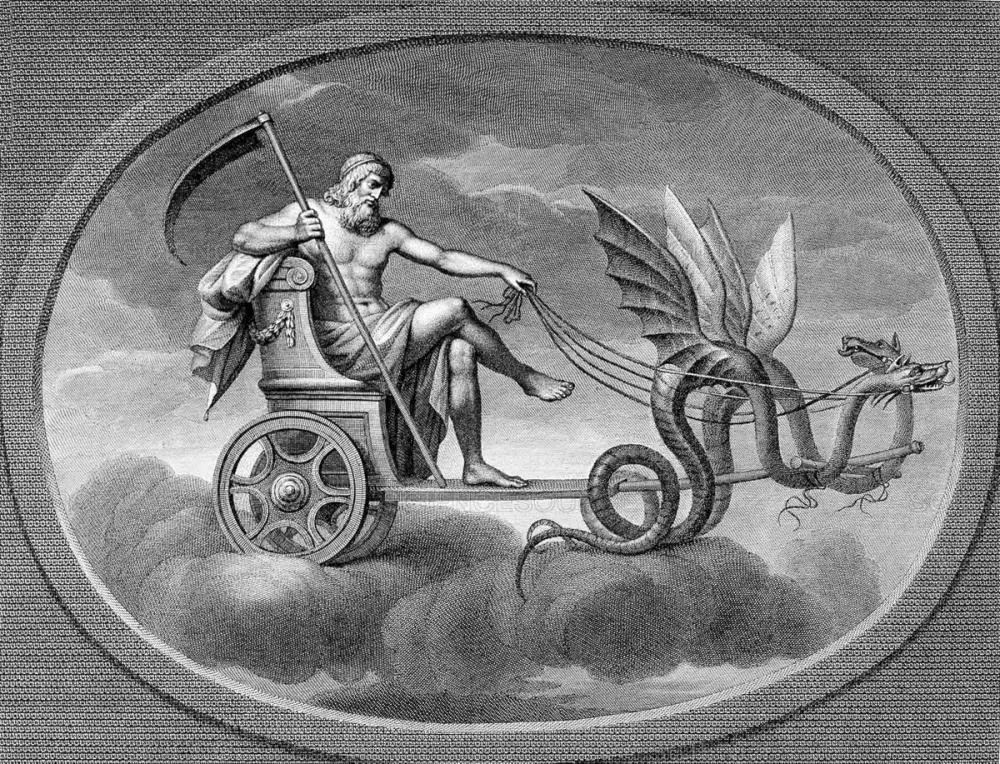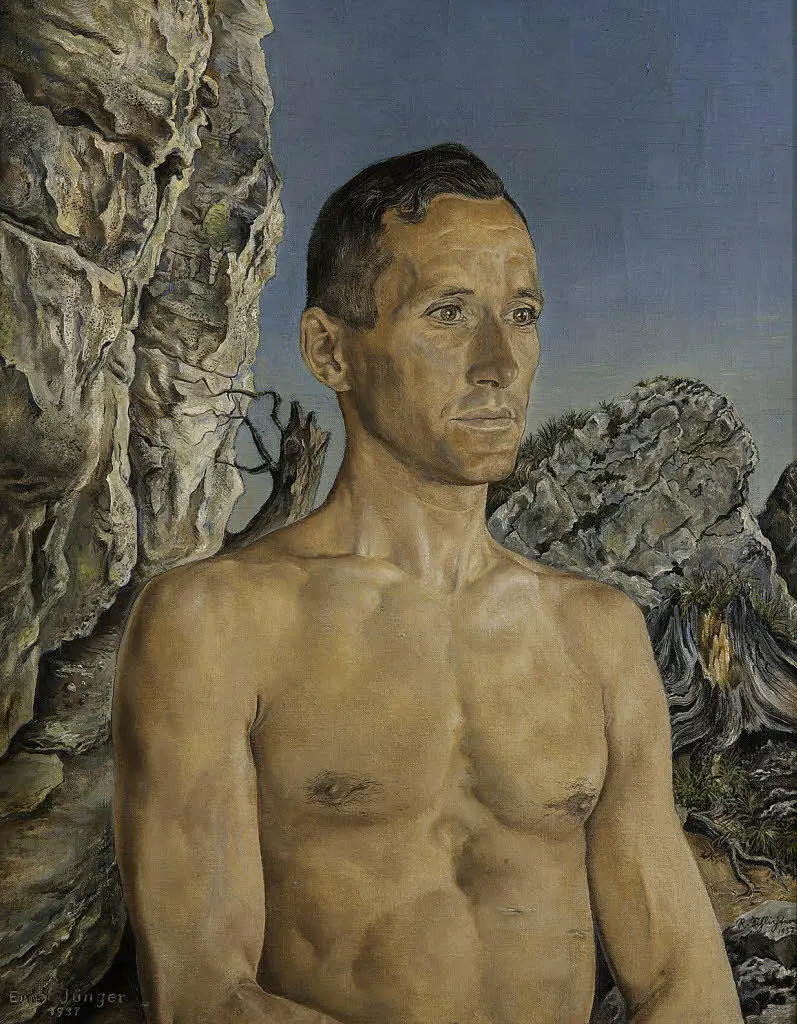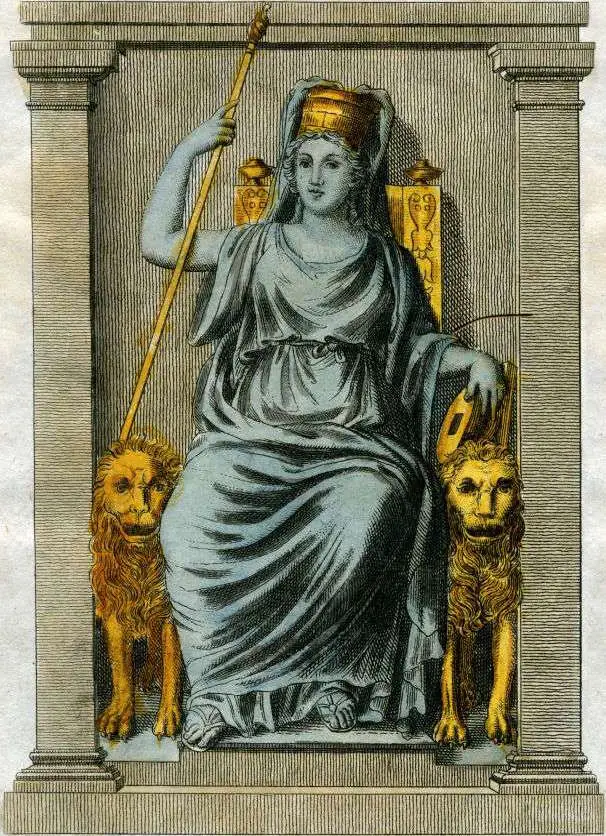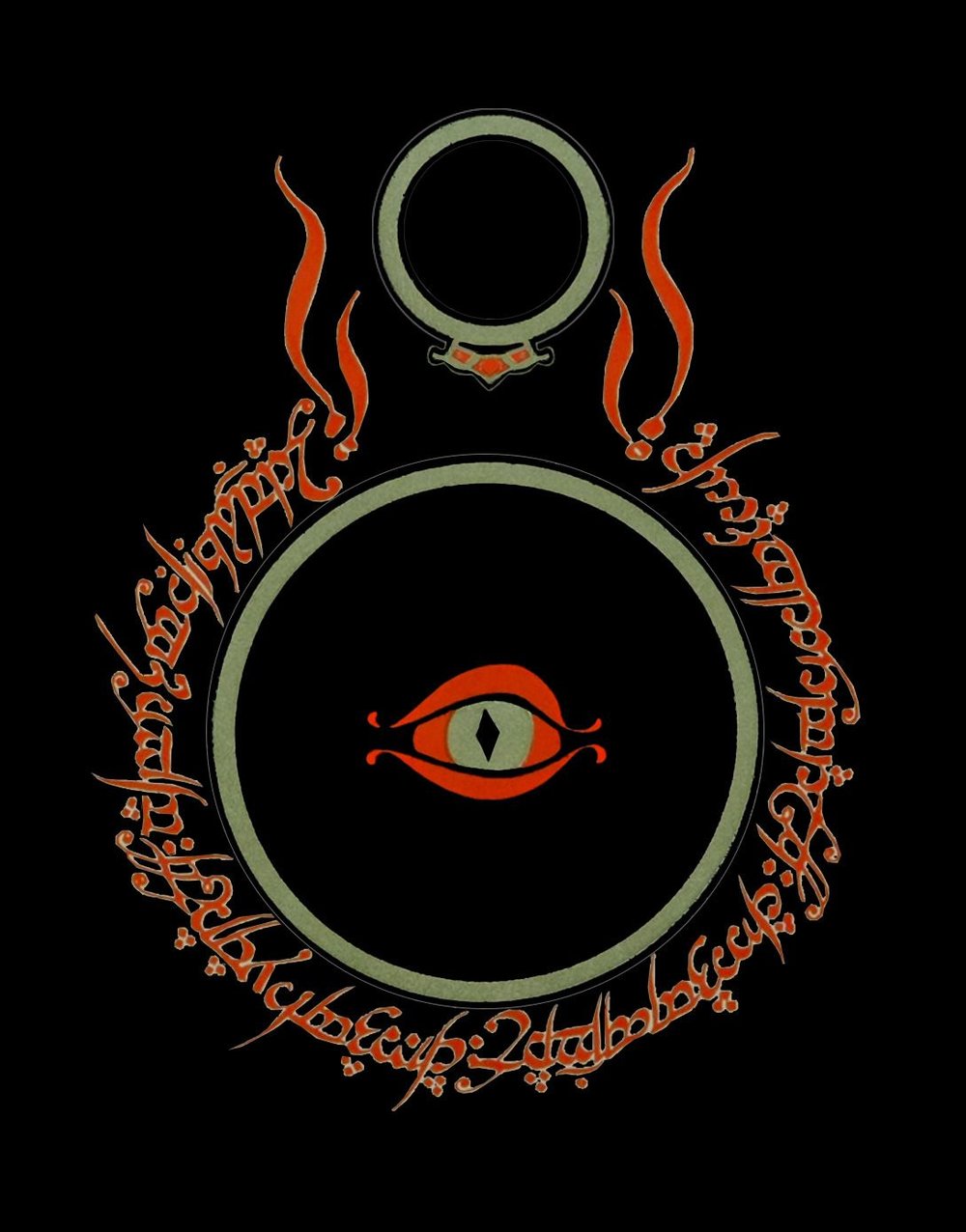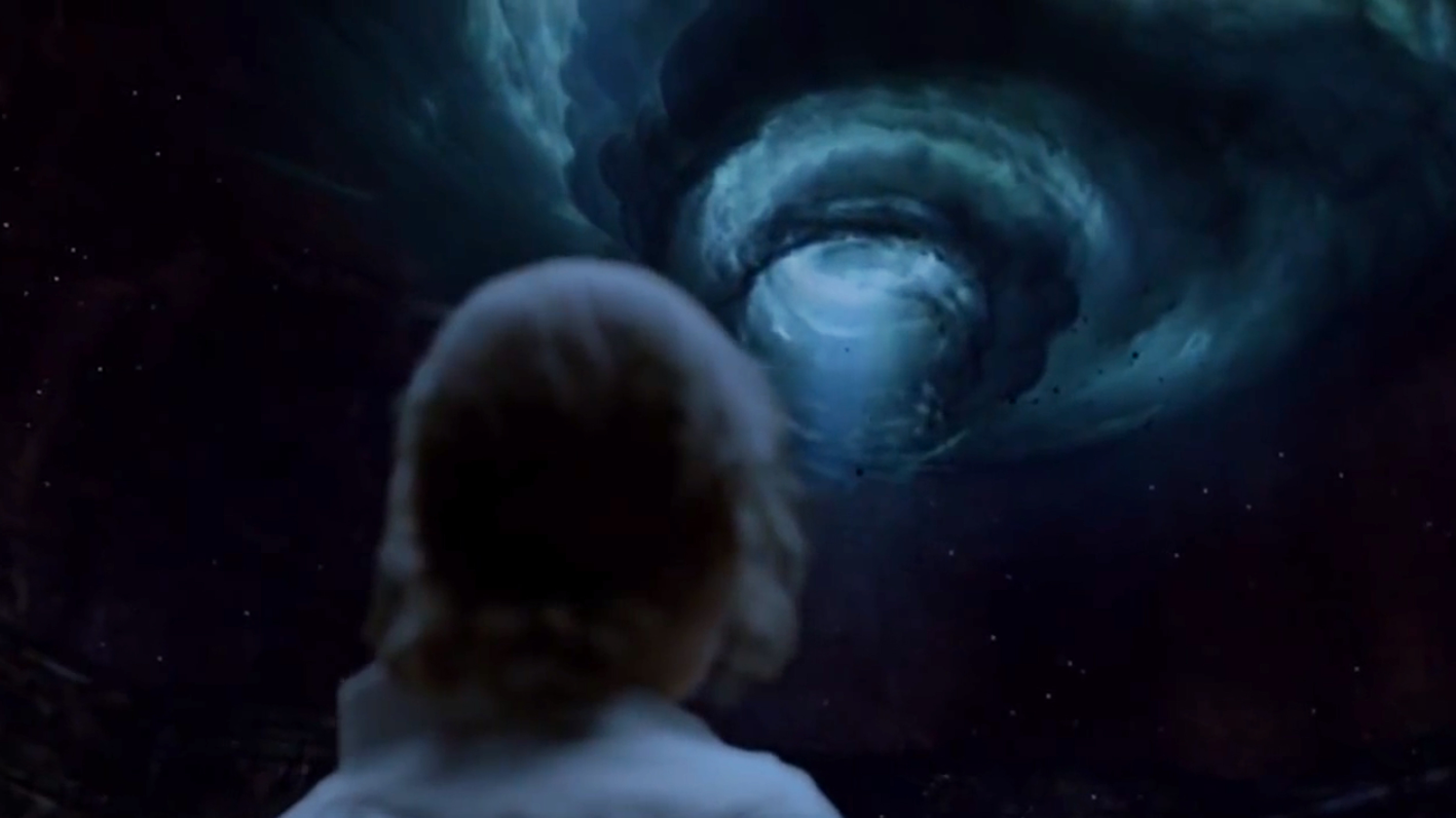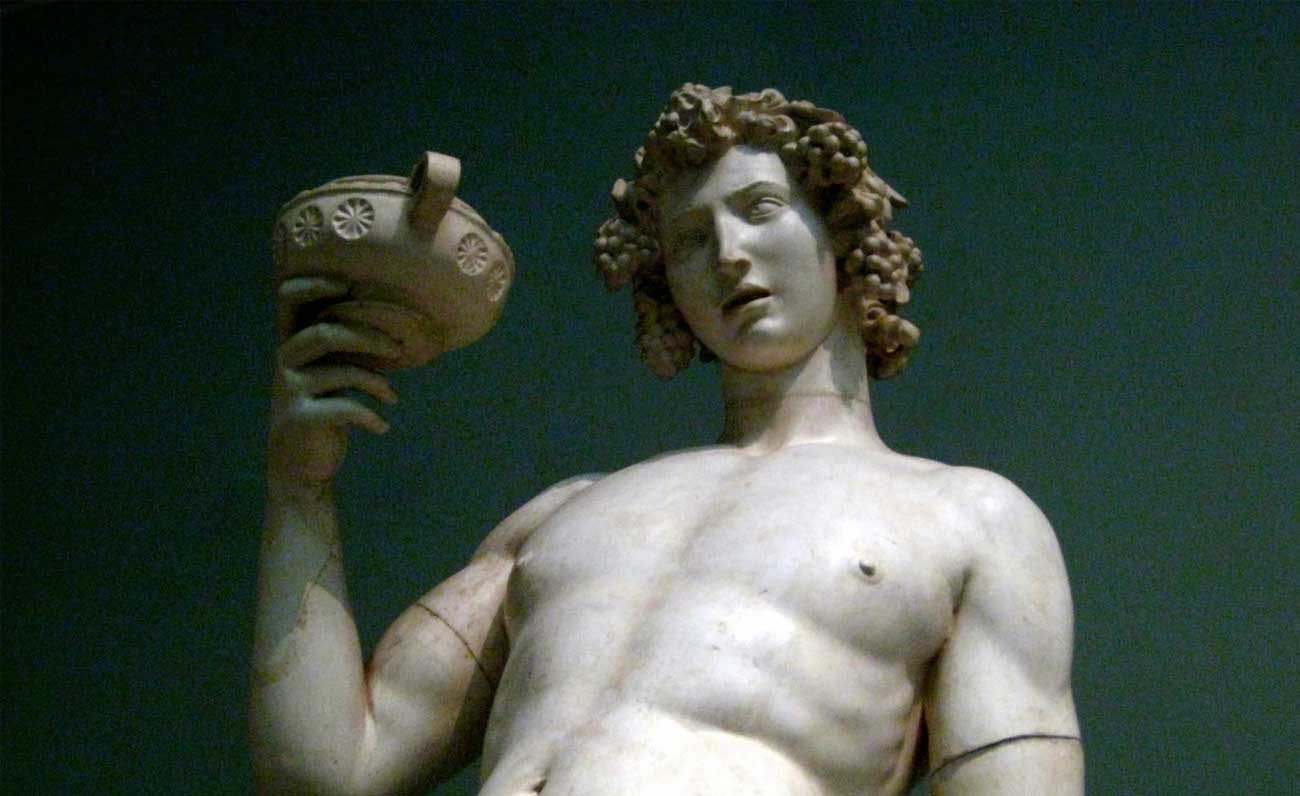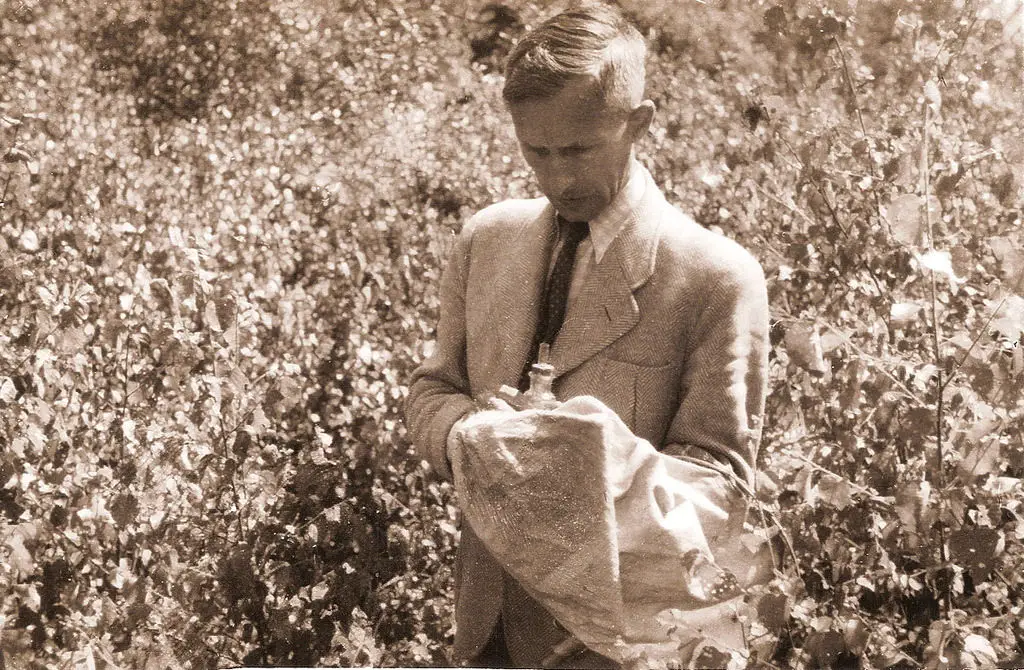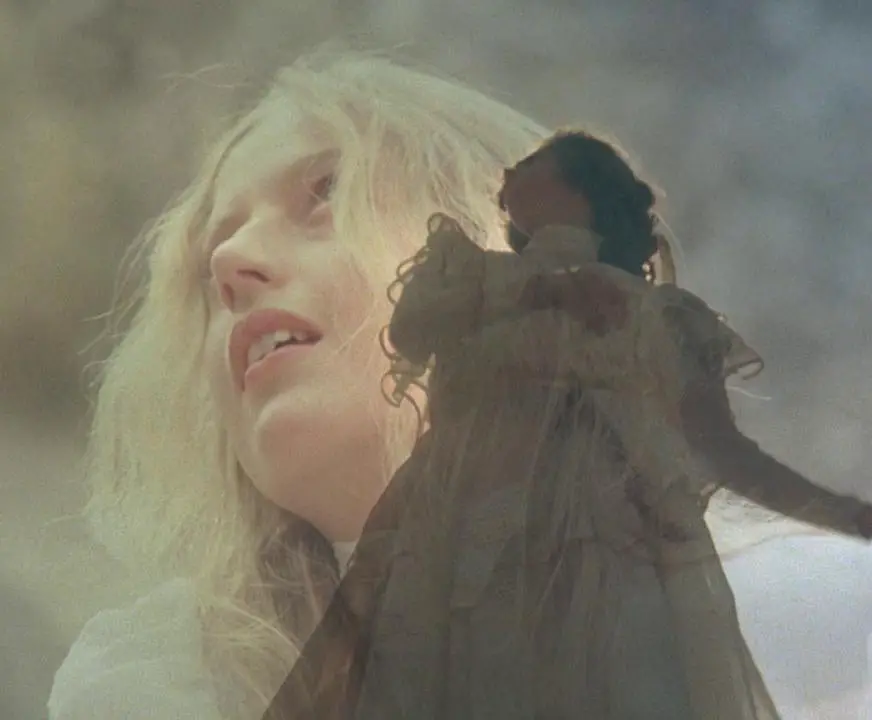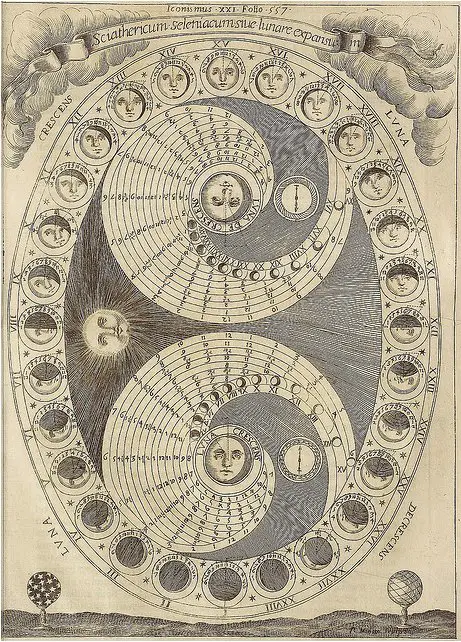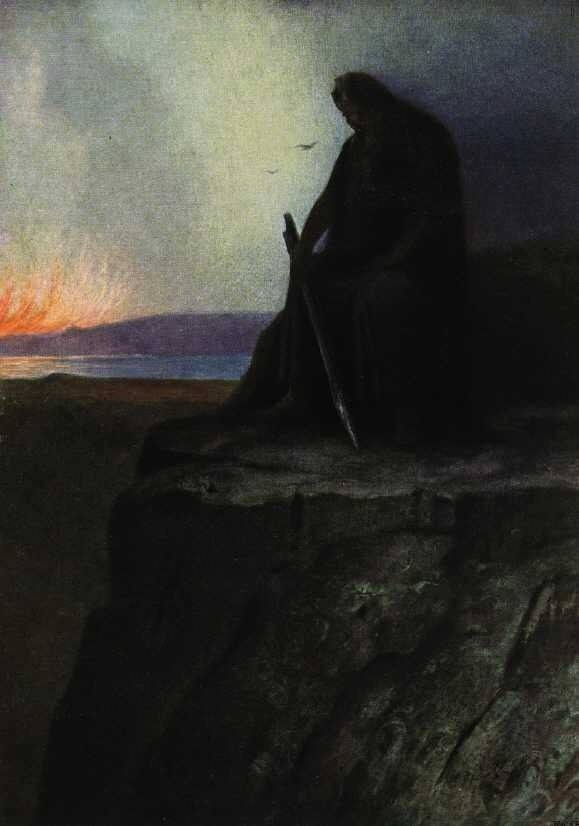Tag: Time
Arturo Reghini: "The myth of Saturn in Western Tradition"
An extract from Arturo Reghini's essay "On the Western Tradition", originally published in 1928 on the pages of "UR", focusing on the myth of Saturn in the Latin and more generally Indo-European tradition. For those interested in reading it in its entirety, we have attached the PDF downloadable for free.
“At the wall of time”: Ernst Jünger's prophecies about the Age of the Titans
125 years ago, on March 29, 1895, Ernst Jünger, one of the most important and original thinkers of the short century, was born in Heidelberg. Sixty years have passed since the publication of his work "At the wall of time" which, reread today, can only amaze us at the punctuality of the prophecies it contains about the world to come, the world in which we find ourselves living today: from the figure paradigmatic of the "unknown soldier" to the advent of the so-called "mass-man", passing through the phenomenon of the "disappearance of borders" and finally coming to highlight the work of destruction of the natural rhythms in which man has always been inserted, accomplished by means of the "titanism" of Science.
“At the wall of time”: the question of history and the crisis of the modern world
Ernst Jünger's work on cyclical time, published 60 years ago, marks the apex of what was called the "culture of the crisis", a current of thought focused on becoming aware of the drama of History and Historicism and on the image of time as an impetuous flow that overwhelms everything: intuitions that, before Jünger, were brought to the surface by Oswald Spengler, René Guénon, Julius Evola and Mircea Eliade.
From Cybele to Demeter, the different faces of Mother Earth, or rather of the ecliptic
From the Phrygian tradition concerning Cybele, "goddess of the mountain and wild beasts", to the Indian tradition of Aditi, "inexhaustible source of abundance", up to the different Hellenic divinities such as Rhea, Demeter, Themes, Meti (without forgetting the various collective deities, always feminine, of destiny), an astrotheological reading emerges that can shed light on the aforementioned "Mother Goddesses of the Earth", provided that the latter is understood, following the studies of Santillana, Dechend and Richer (as well as the Platonic clues), in the meaning of ecliptic.
Mircea Eliade: "Cosmic cycles and history"
"Even within the framework of the three great Iranian, Jewish and Christian religions, which have limited the duration of the cosmos to a certain number of millennia, and affirm that history will definitively cease in illo tempore, there are traces of the ancient doctrine of the periodic regeneration of history »: Very ancient doctrine that Eliade, in his essay“ The myth of the eternal return ”, finds in the Babylonian, Hindu, Buddhist, Germanic and Hellenic tradition.
Sauron, the Demiurge of Middle-earth
An examination of the demiurgic aspects of the Dark Lord of Middle-earth. The One Ring as a symbol of the Saturnian will to subjugation, which has its manifestation in the control of time.
"True Detective": the Devouring Time and the Eternal Return
In view of the release, scheduled for January 14, of the third season of "True Detective", we propose to our readers the cycle of articles we curated for YAWP on the esoteric elements of the successful television series.
J. Evola: "Dionysus and the Way of the Left Hand"
Evola considers Nietzsche's Dionysus in relation to the so-called "Way of the Left Hand", an initiatory path that involves "the courage to tear off the veils and masks with which Apollo hides the original reality, to transcend forms to get in touch with the elementary nature of a world in which good and evil, divine and human, rational and irrational, just and unjust no longer have any meaning ».
Terra Sarda: Ernst Jünger's metaphysical Mediterranean
The theater of these incursions is the Mediterranean, here understood in a more than a geographical sense: agora and labyrinth, "lost sea of the Self", archive and sepulcher, current and destiny, twilight and dawn, Apollonian and Dionysian.
Hamlet, or of infinity and action
Mythical-anthropological portrait of the protagonist of one of the most paradigmatic Shakespearean plays: reflections on the Dionysian Man in front of Mælström and non-sense, on the "border" where Hamlet reigns as "Fool", on the existing dichotomy between visible-tangible and invisible -intangible.
“Picnic at Hanging Rock”: an Apollonian allegory
Our analysis of Peter Weir's cult film, making use of the interpretative tools of the anthropology of the Sacred, in particular: the Sacred as "Totally Other" according to Rudolf Otto; the "breaking of level", the "suspension of time" and the theme of access to the Other World by Mircea Eliade; Apollonian symbolism according to the studies of Giorgio Colli.
The double spiral and the double movement of emanation and reabsorption of the cosmos
di Marco Maculotti
cover: phases of the moon, taken from "Ars Magna Lucis et Umbrae" by Athanasius Kircher, 1646
In the first essay of this column on the theme of the symbolism of the spiral and the "cosmic rebirth" [cf. The symbolism of the Spiral: the Milky Way, the shell, the "rebirth"] we dwelt on the esoteric meanings of the spiral symbol and the closely related ones of the Milky Way and the shell. In this second appointment we aim to analyze the symbol of the double spiral from an even more 'cosmic' perspective, with regard to the traditions that convey this symbol to concepts concerning the creation (or rather, the emanation) of the cosmos and its reabsorption. We will begin our discourse by examining the Indian Brahmin tradition and comparing it with the Tantric śivaist one of Kashmir, and then analyzing the points of contact, from a religious syncretism point of view, with that — distant in terms of time and space — pre-Columbian of the Nahua-Aztec peoples.
Cyclic time and its mythological meaning: the precession of the equinoxes and the tetramorph
di Andrew Casella
It will certainly not go unnoticed by those who are at least a little accustomed to sacred science, a Christian symbol that has always stood out on the facades of churches, adorns manuscripts and is even found on a tarot blade: the tetramorph. This symbol draws its origin from the famous vision of Ezekiel (Ez. 1, 4-28) which St. John later poured into his own Apocalypse. These are four figures that surround the throne of God: the first has the appearance of a lion, the second of a bull, the third of a man and the fourth of an eagle in flight (Ap. 4, 7). Traditionally, these strange figures (which the Apocalypse calls the "Living") are attributed a literary value: in fact, they are the four evangelists, Matthew, Mark, Luke and John. These figures, however, as mentioned, can be found (even more strangely, one might say) also on a tarot blade, and precisely the number XXI, which designates the world.
Cernunno, Odin, Dionysus and other deities of the 'Winter Sun'
di Marco Maculotti
cover: Hermann Hendrich, "Wotan", 1913
[follows from: Cosmic cycles and time regeneration: immolation rites of the 'King of the Old Year'].
In the previous publication we had the opportunity to analyze the ritual complex, recognizable everywhere among the ancient Indo-European populations, centered on theimmolation (real or symbolic) of the "King of the Old Year" (eg. Roman Saturnalia), as a symbolic representation of the "Dying Year" that must be sacrificed to ensure that the Cosmos (= the order of things), reinvigorated by this ceremonial action, grants the regeneration of Time and of the 'World' (in the Pythagorean meaning of Kosmos like interconnected unit) in the new year to come; year which, in this sense, becomes a micro-representation of the Aeon and, therefore, of the entire cyclical nature of the Cosmos. Let's now proceed toanalysis of some divinities intimately connected with the "solstitial crisis", to the point of rising to mythical representatives of the "Winter Sun" and, in full, of the "King of the Waning Year": Cernunno, the 'horned god' par excellence, as far as the Celtic area is concerned; Odin and the 'wild hunt' for the Scandinavian one and Dionysus for the Mediterranean area.
Cyclical time and linear time: Kronos / Shiva, the "Time that devours everything"
di Marco Maculotti
"It is essential to encounter the problem of time. From the perspective of the doctrine of the Cycles it concerns the dead perhaps more than the living. Time expands in all directions forming a circle, [since] it is cyclic."
- Carl Hentze"What is circular is eternal, and what is eternal is circular."
- Aristotle


